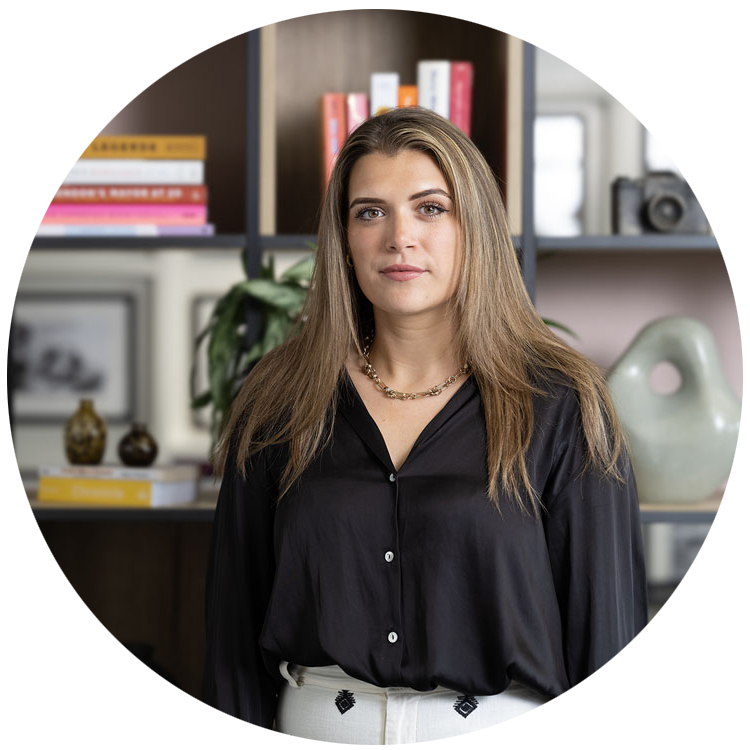Safety in the Built Environment: Designing with Care and Communication

Izzy Finn
Associate Director
5 June 2025
Safety is something we all seek, and yet it means something different to each of us. It’s deeply personal, shaped by experience, identity, and circumstance – and one of the most complex and crucial topics in our society today. The question isn’t just whether our cities are safe, but whether they feel safe – and for whom?
It’s easy to fall into binary narratives. Some say London is facing a crime surge, with headlines warning of a capital “under siege.” Others point to statistics that tell a more nuanced story. In reality, both perceptions and lived experiences matter. Whether it’s a phone snatched in broad daylight or a sense of unease on a late-night bus, safety – or the lack of it – sticks with us.
The built environment has an undeniably vital stake when it comes to safety. The way we design and plan our cities shapes how safe people feel moving through them. For some, CCTV cameras are a sign of reassurance. For others, they raise questions about surveillance and control. A well-lit park might be a welcome escape for one person and an intimidating space for another. There is no one-size-fits-all answer.
I recently had the privilege of chairing a panel discussion on this topic as part of our Accelerator series. Joined by experts and commentators – Phin Harper (Design Council Homes Taskforce), Susannah Walker (In Her Place), Emily Sheffield (BBC, LBC) and Rowan Moore (Observer) – we sought to unpack these contradictions and challenge the idea that safety is purely about enforcement or infrastructure.
There are certainly places where safety concerns are more acute – where crime, neglect or poor design make harm more likely. But even in these cases, how safe a place feels is often shaped just as much by social context, personal experience and public narrative as by statistics or layout.
Take public transport, for instance. London’s network is rightly celebrated, yet we must ask: do we all feel equally safe using it? Especially at night? Would increased policing make us feel more secure—or less?
We also touched on gender, equity, and the role of inclusive design. Labour’s pledge to halve violence against women and girls is a rare point of consensus in Westminster, and it underlines a broader need for urban environments to respond to the needs of all users. If cities were designed with women’s safety in mind, they would likely look very different. A gender-inclusive, responsive approach to planning is essential if we want everyone to truly thrive in urban spaces.
These discussions don’t happen in a vacuum. April’s Supreme Court ruling on transgender rights has brought new urgency and tensions to debates about civic space and safety. Our panel was not the place to focus on legal frameworks. Instead, we tackled a more urgent question for ourselves and our peers: how can the property sector play a meaningful role in creating safer, more inclusive places? And what is the role of communication in that process? We can’t solve everything. But we can start honest, human conversations.
Ultimately, stories shape cities. The ones we tell – and the ones we don’t – inform how places are designed, used, and experienced. Communication has the power to drive change, or to deepen divides. Our job is to use that power responsibly.